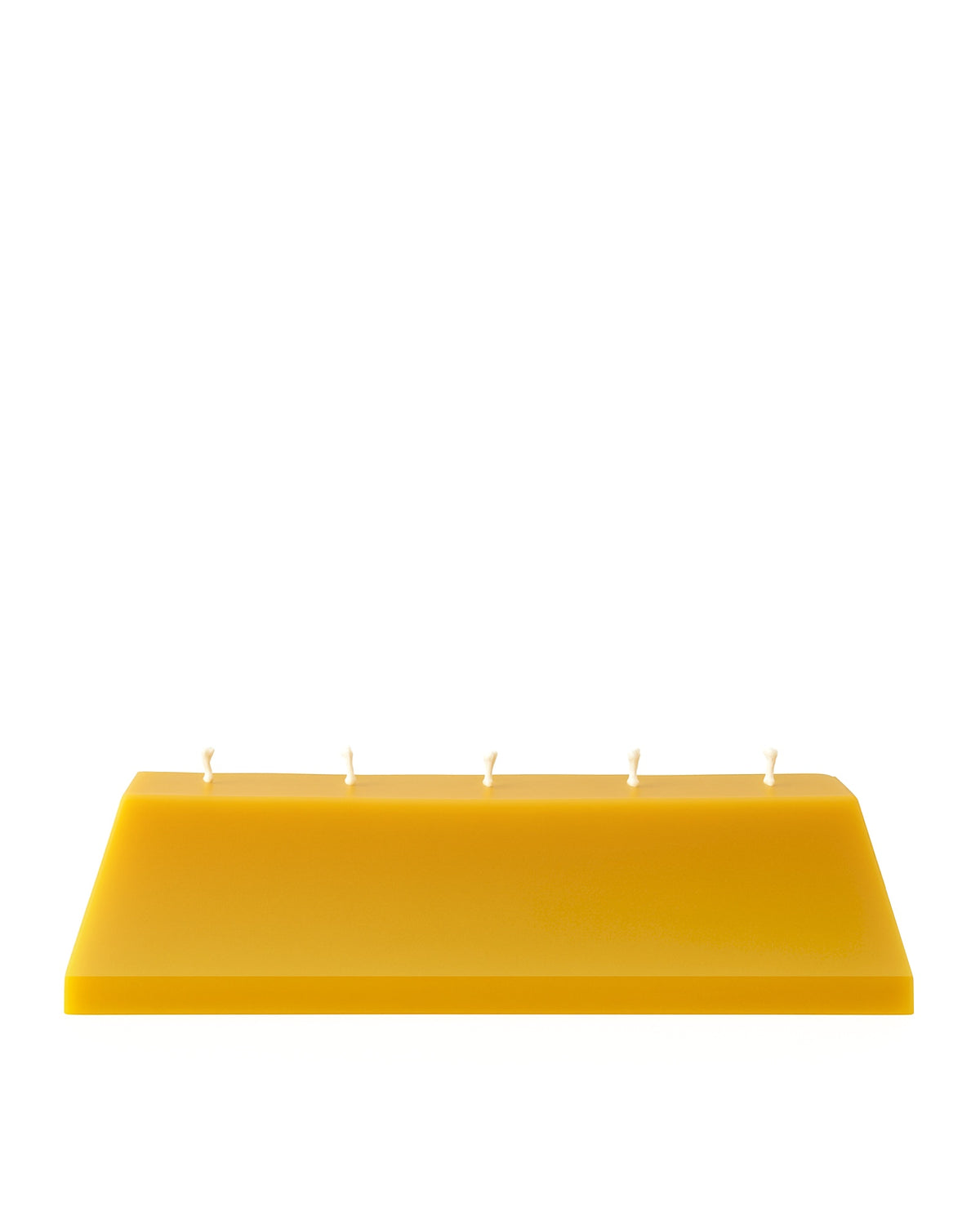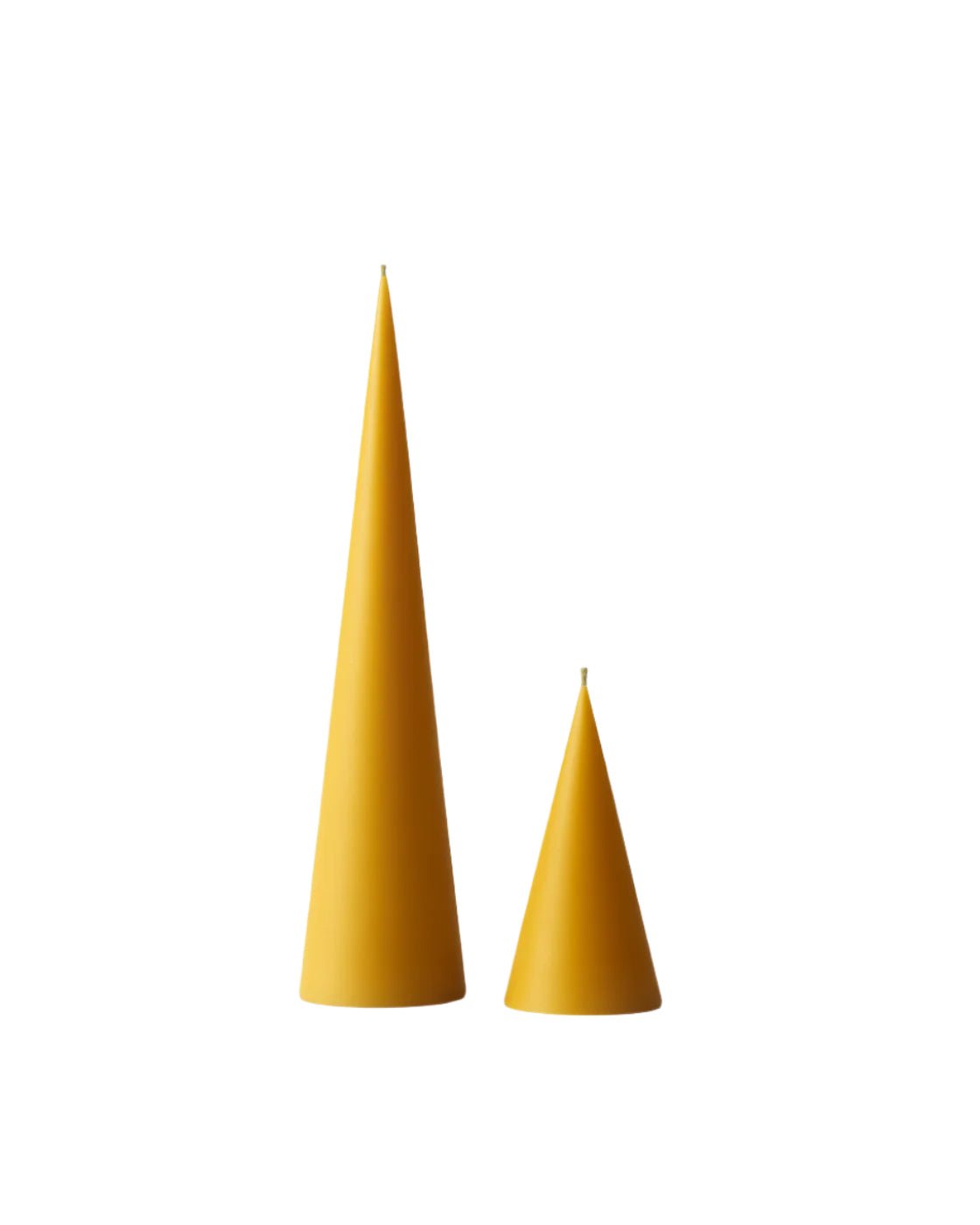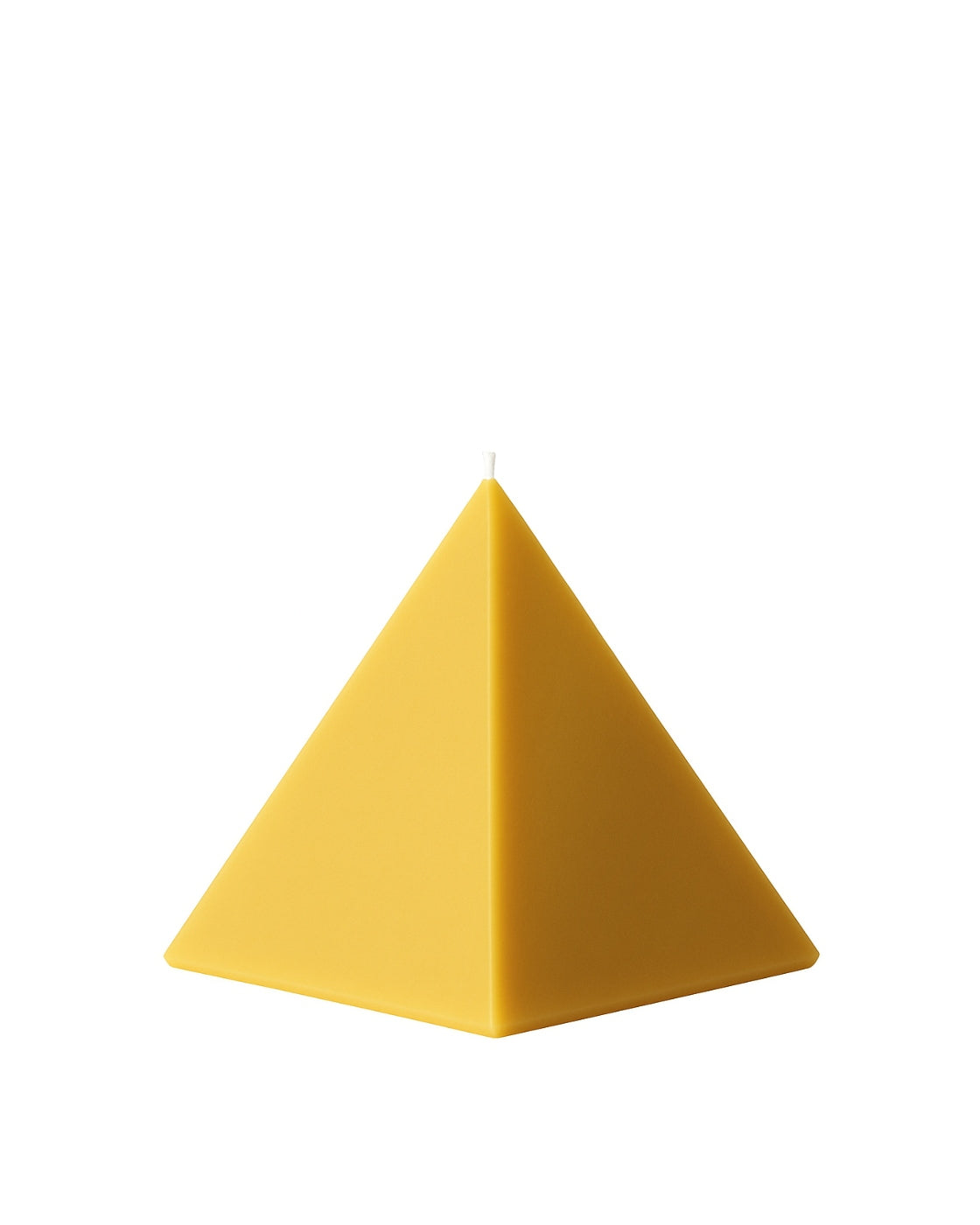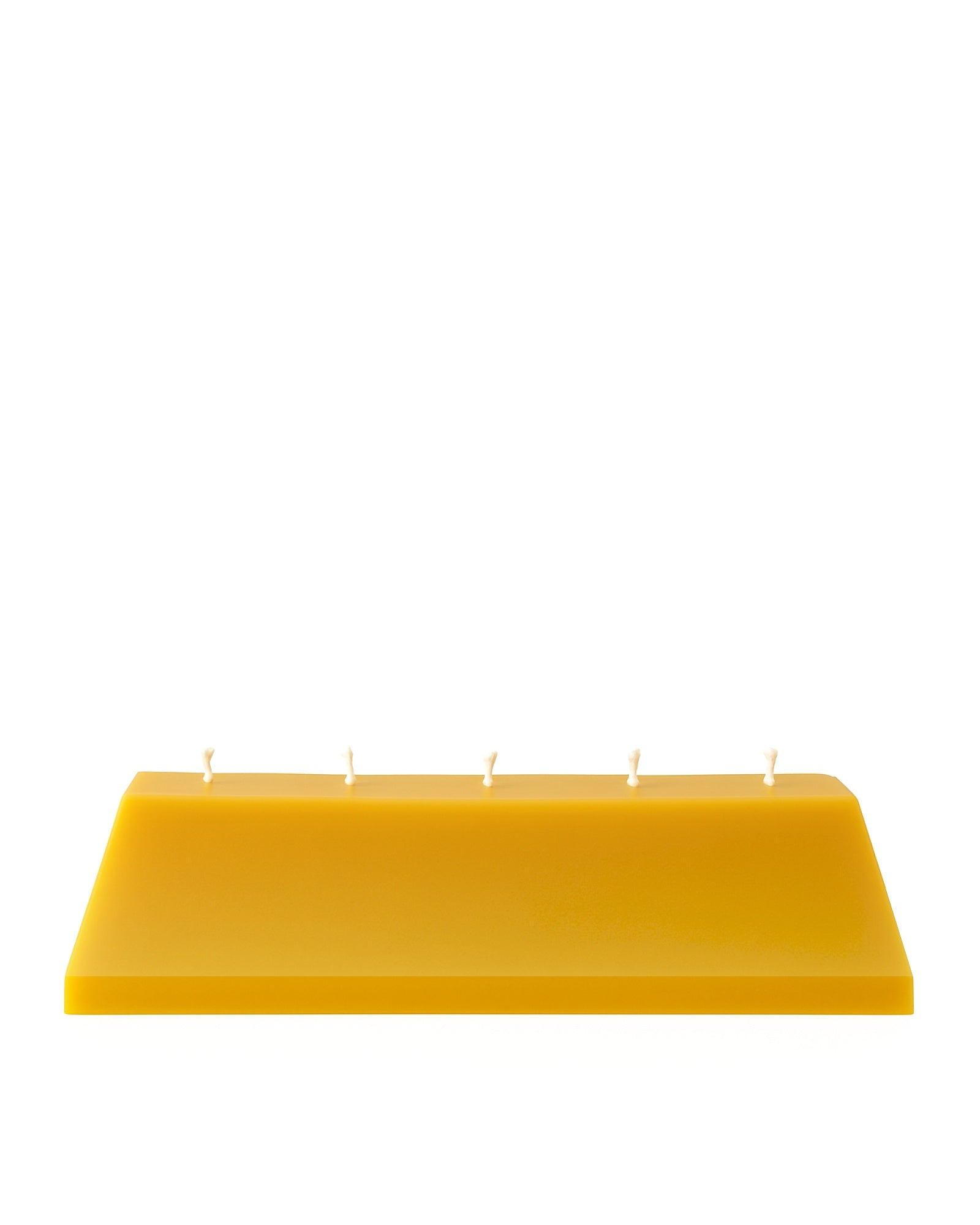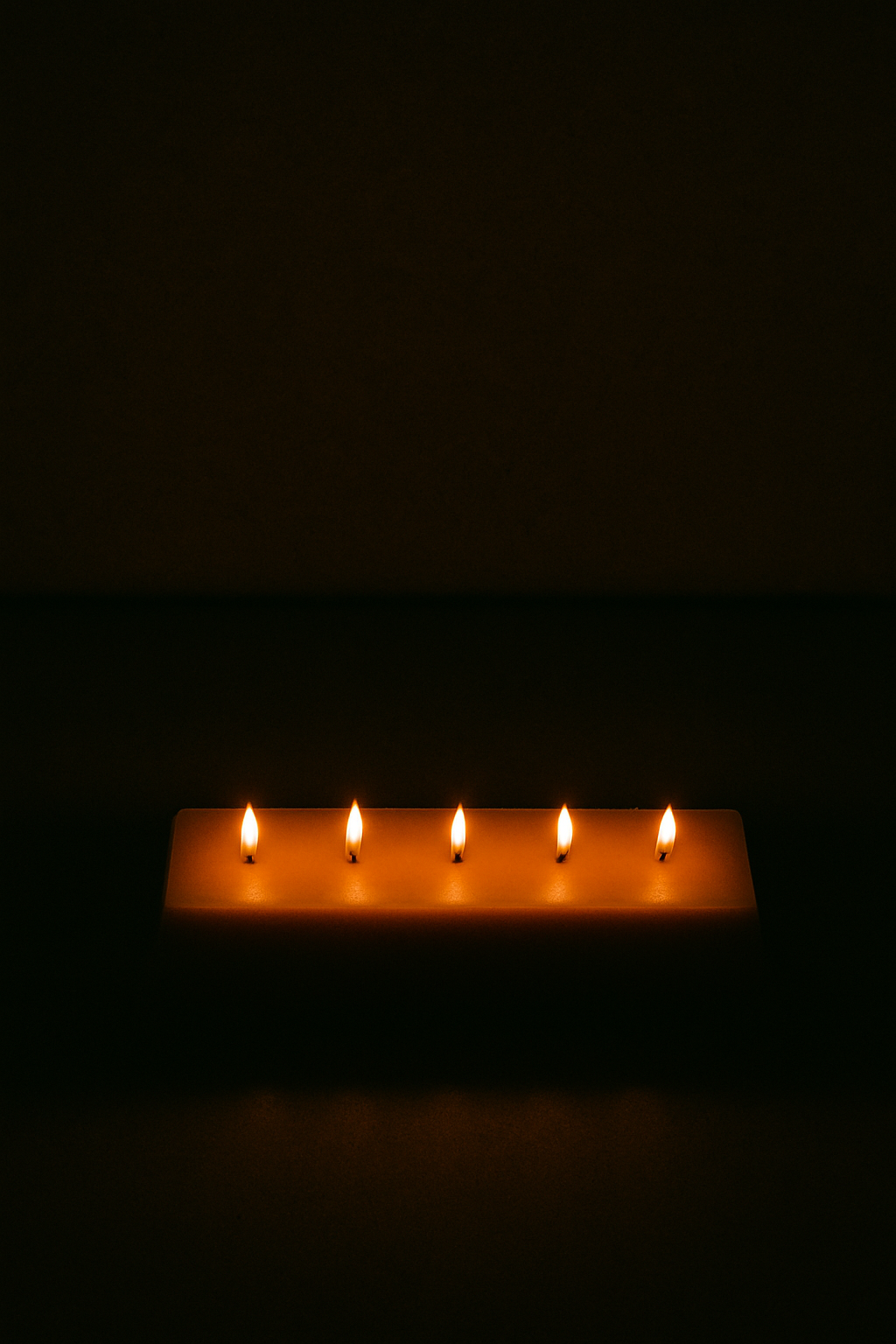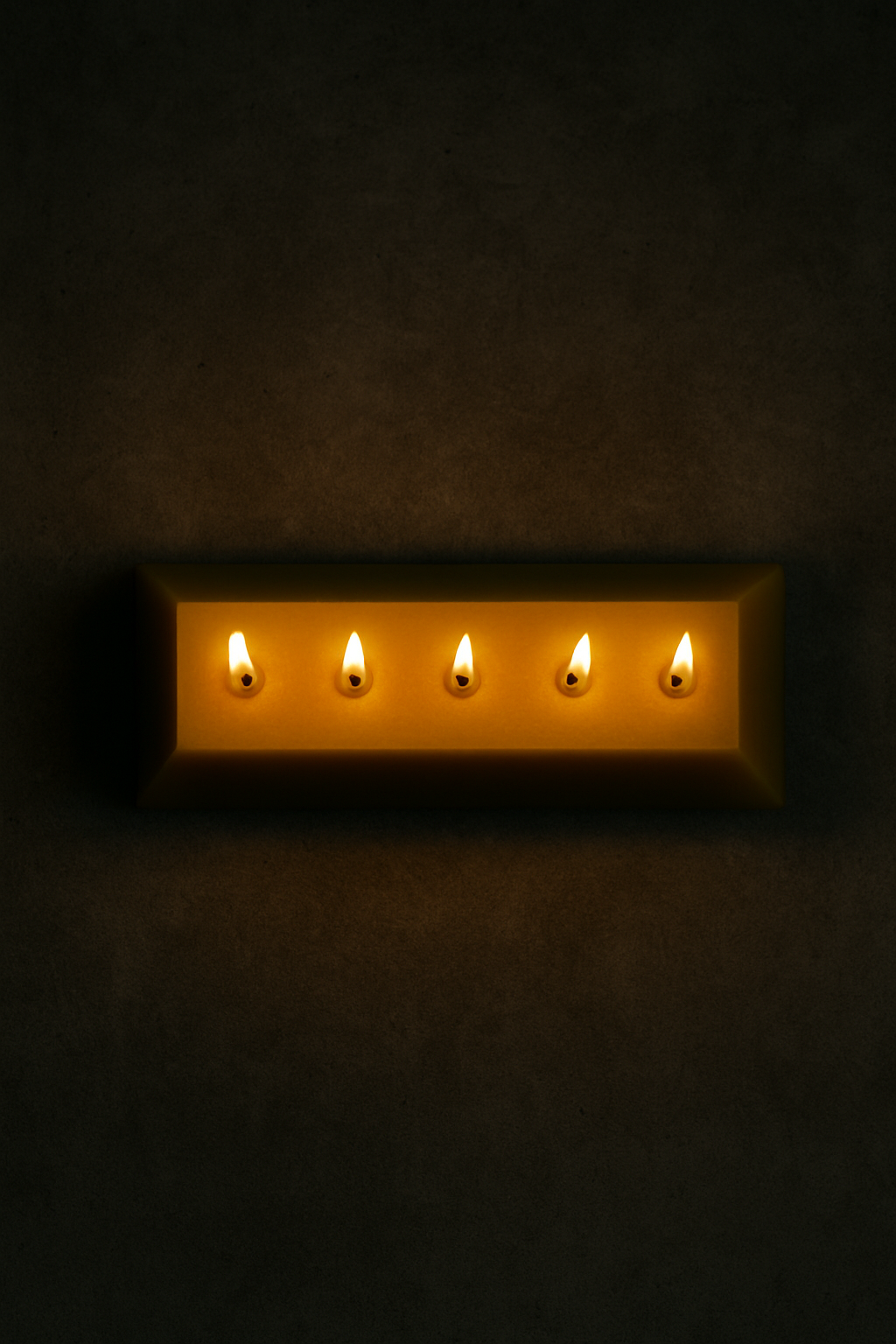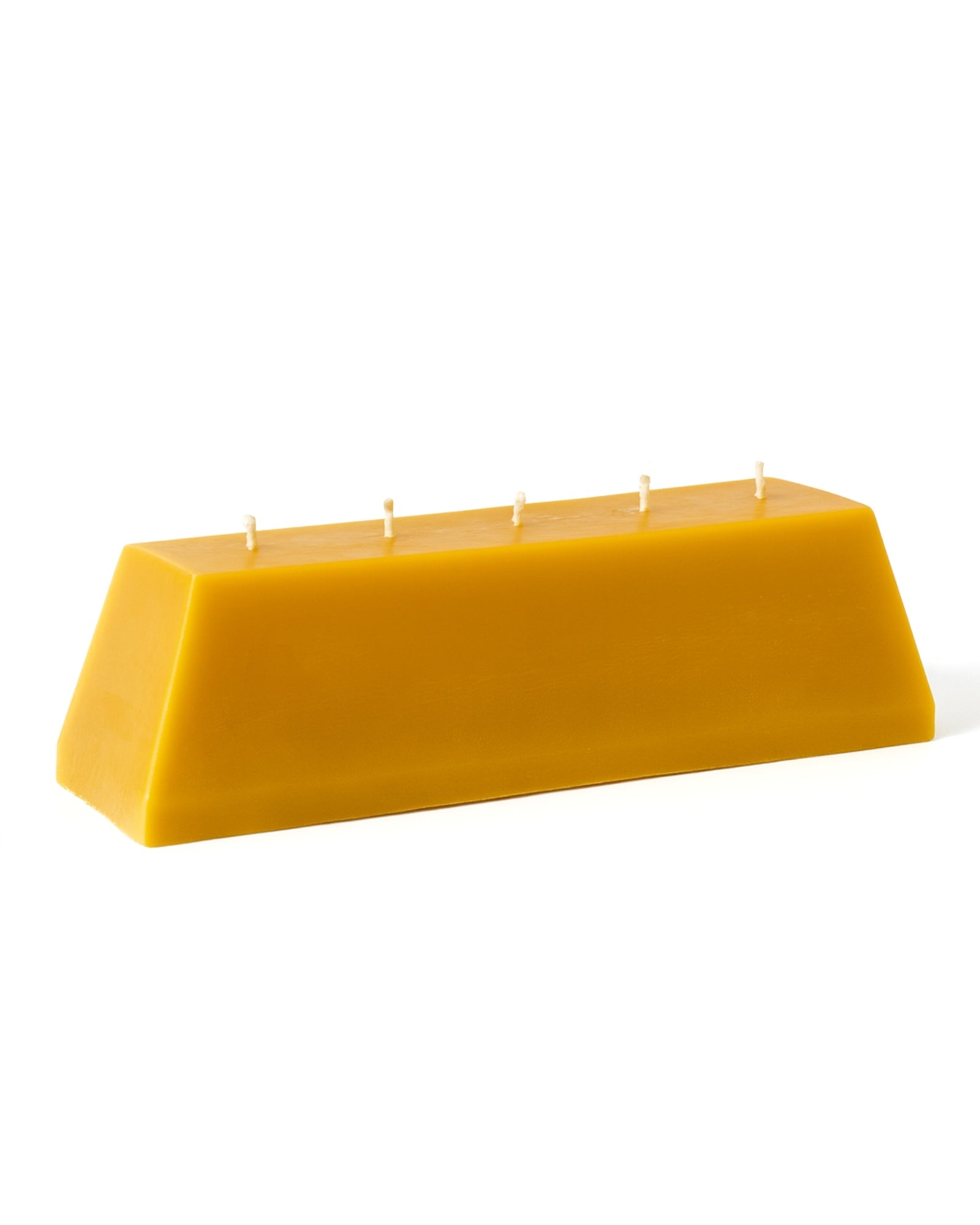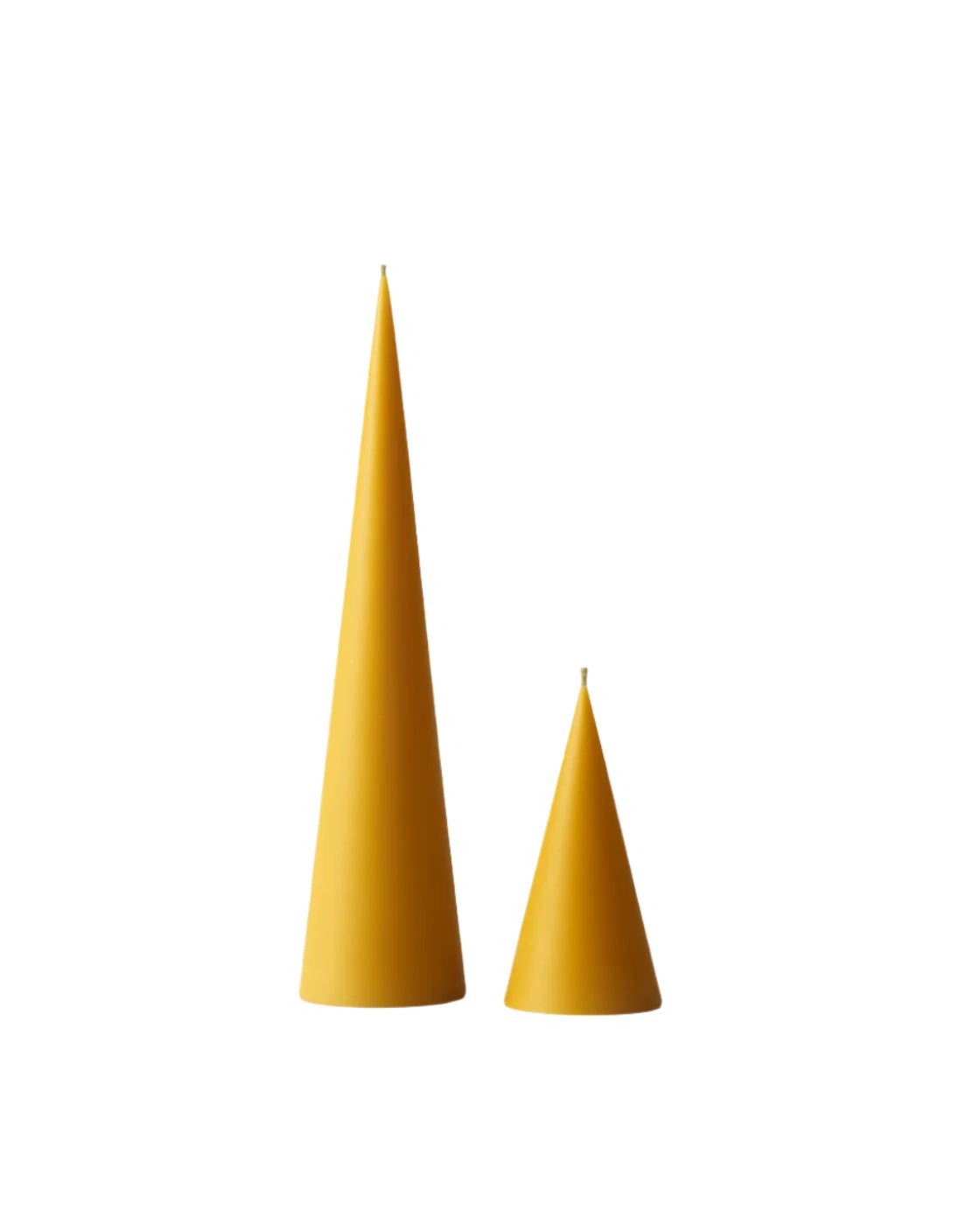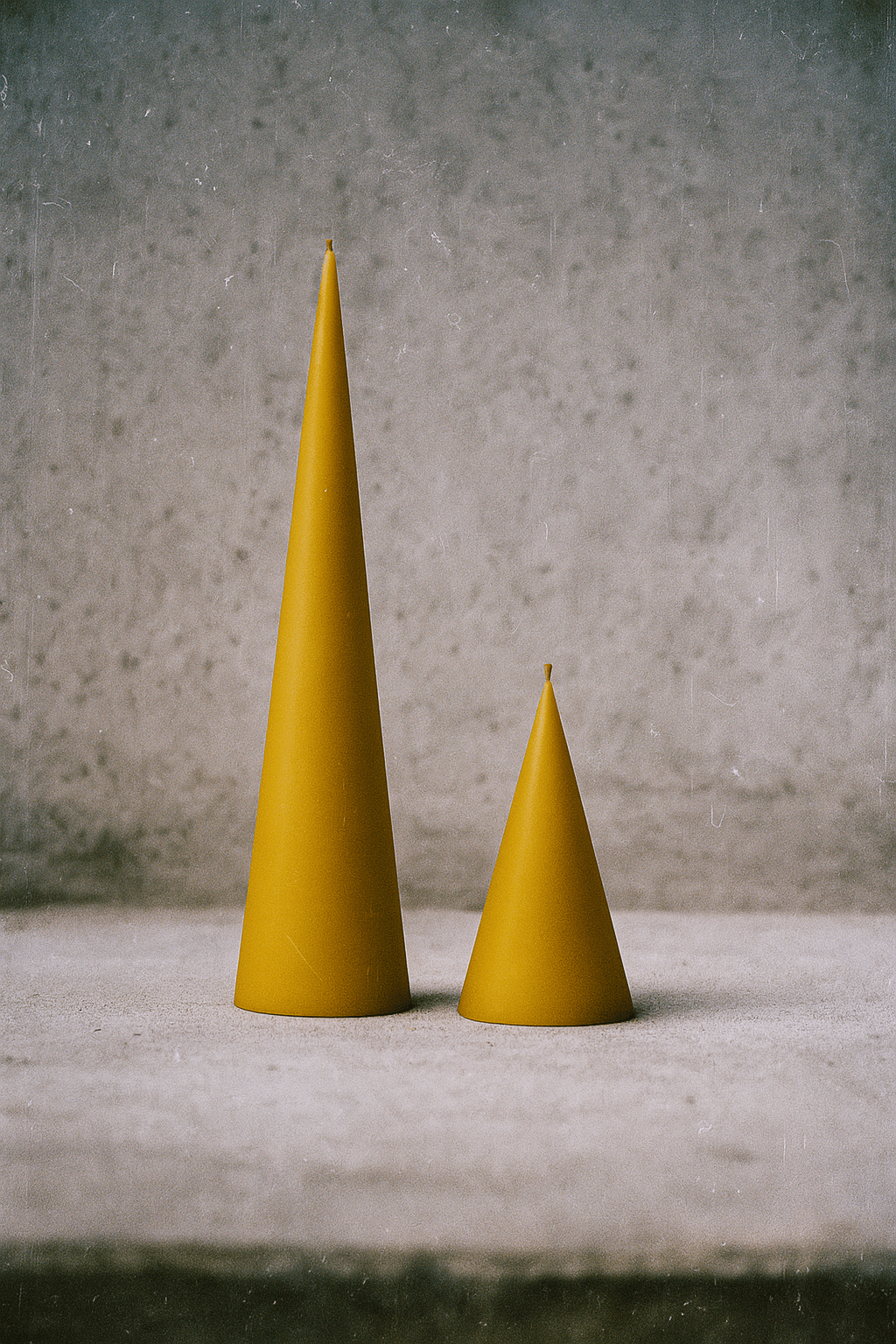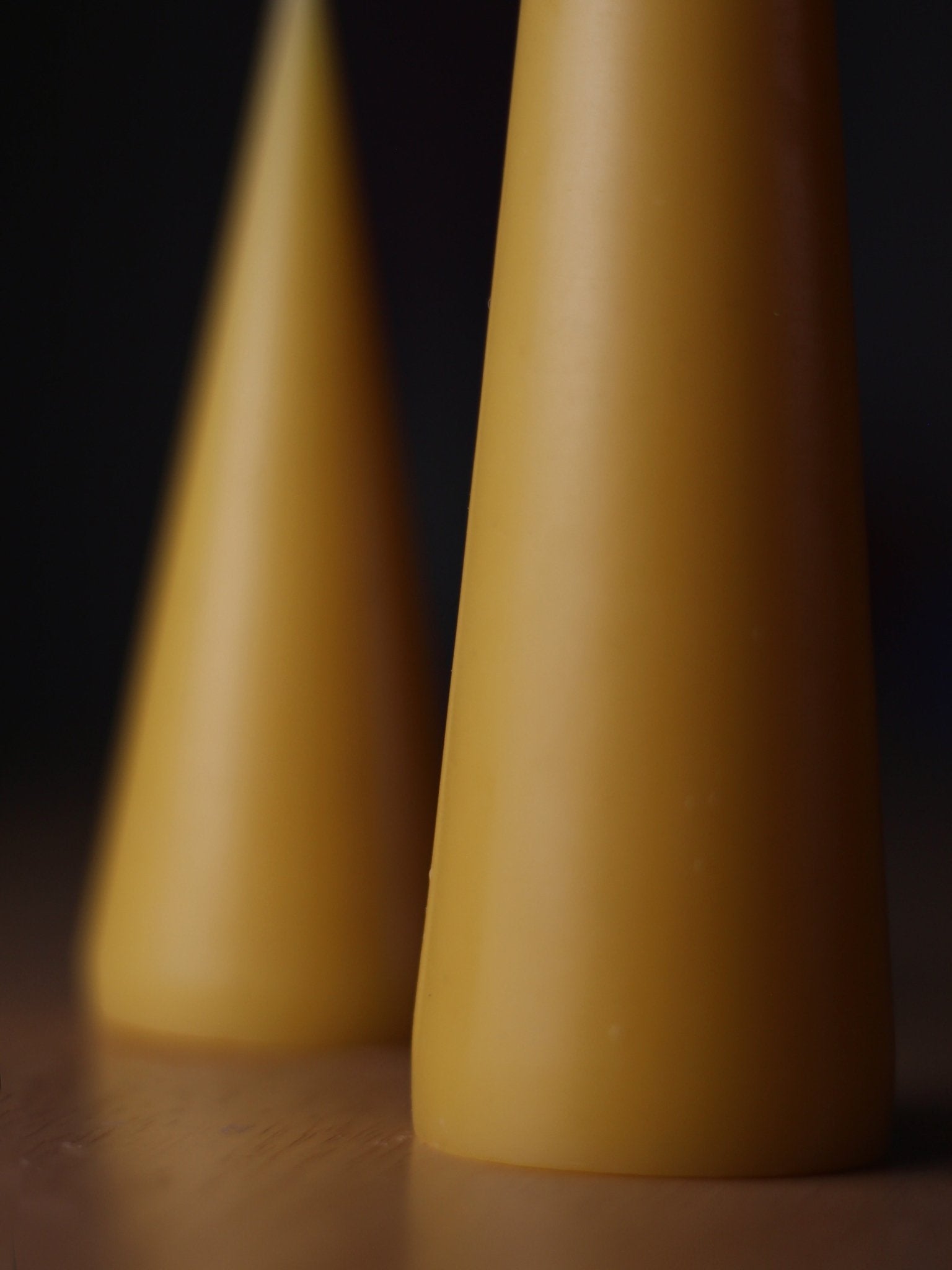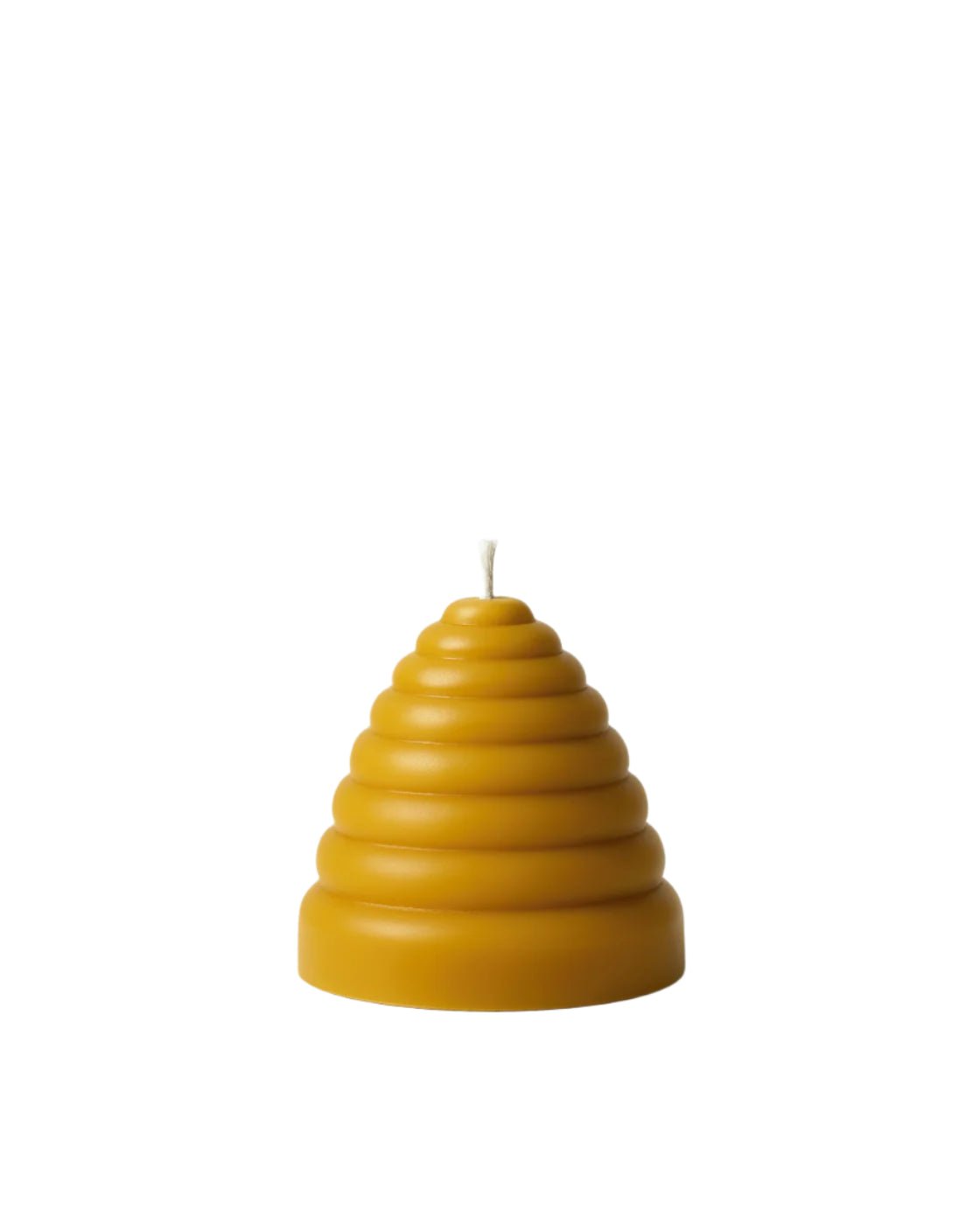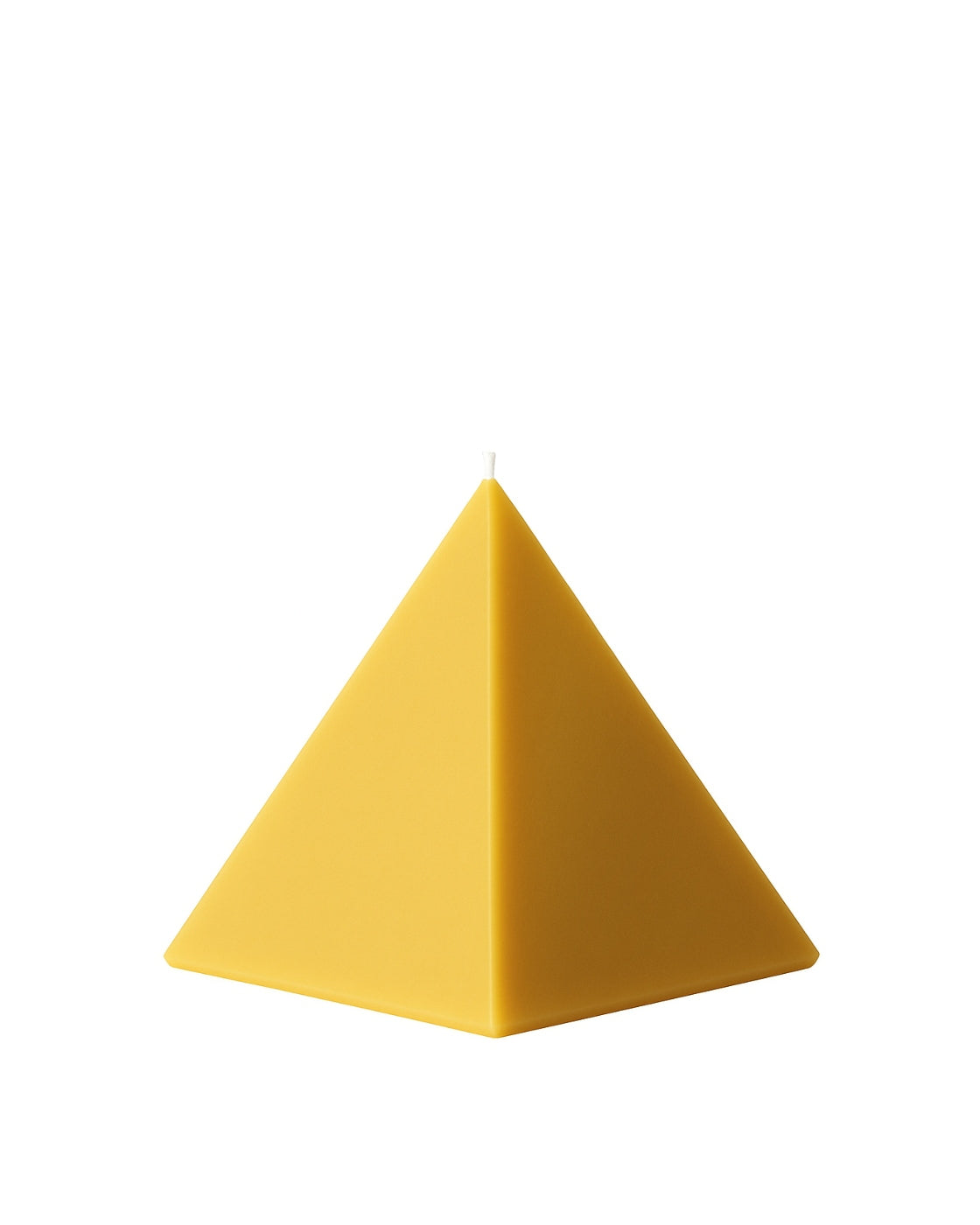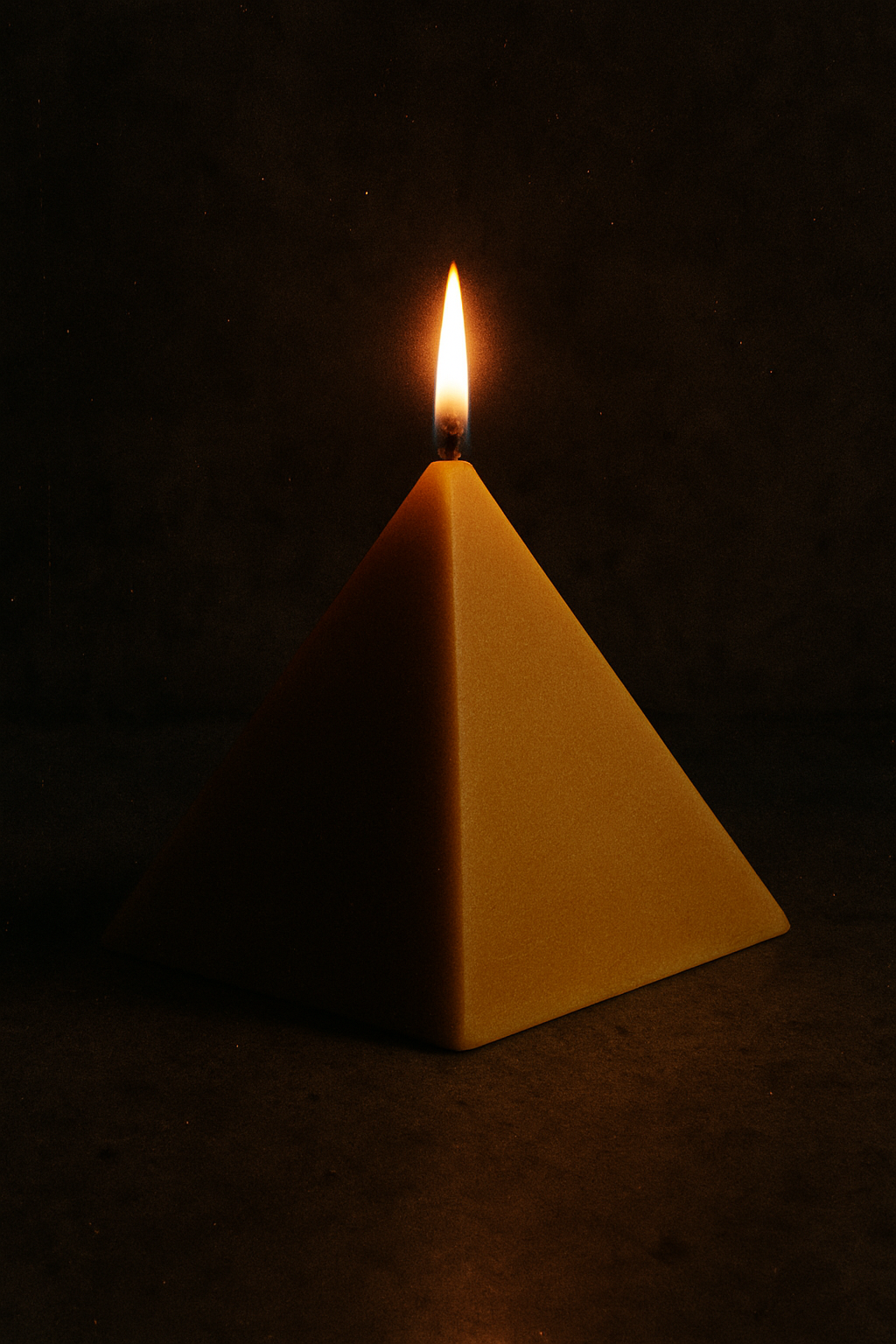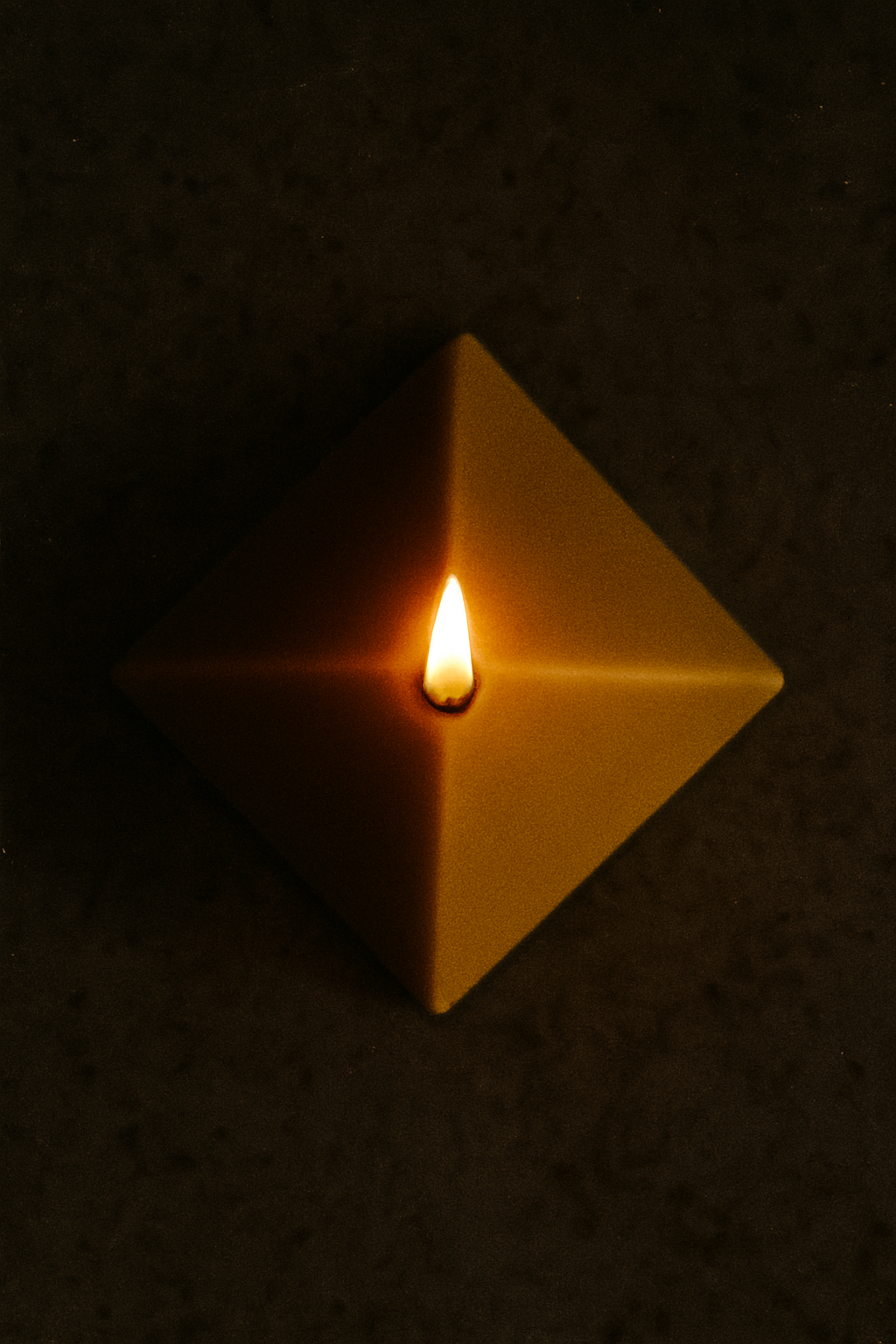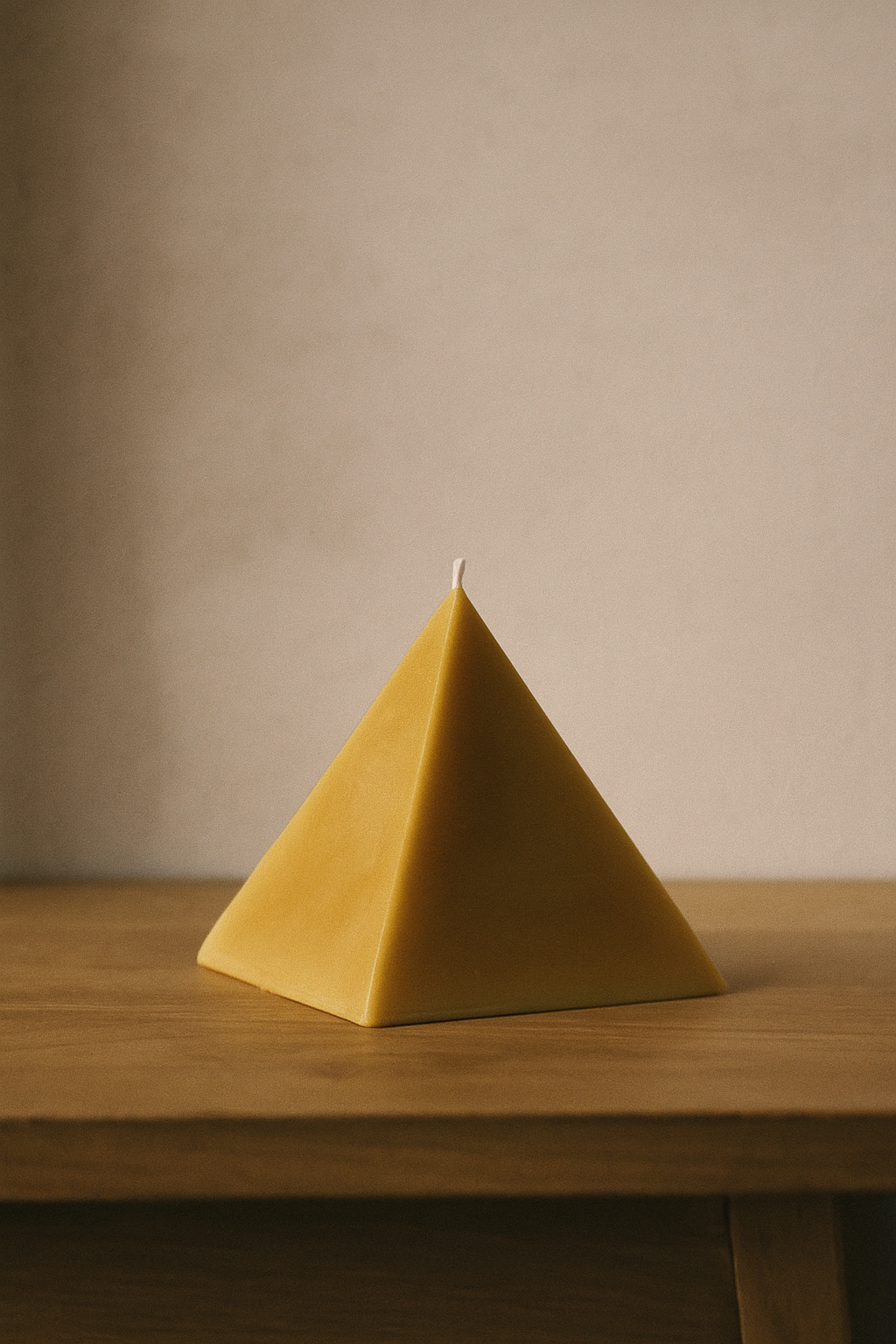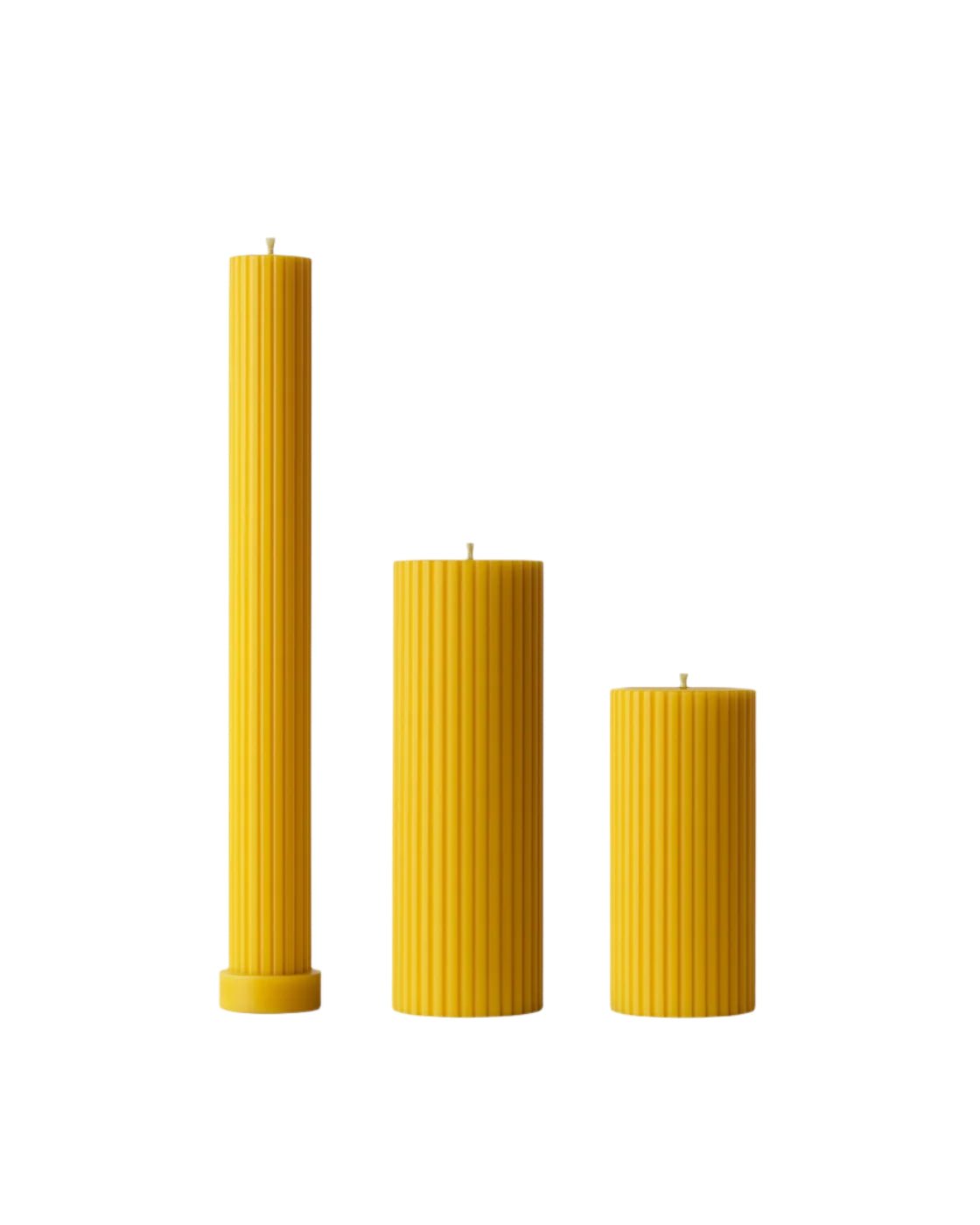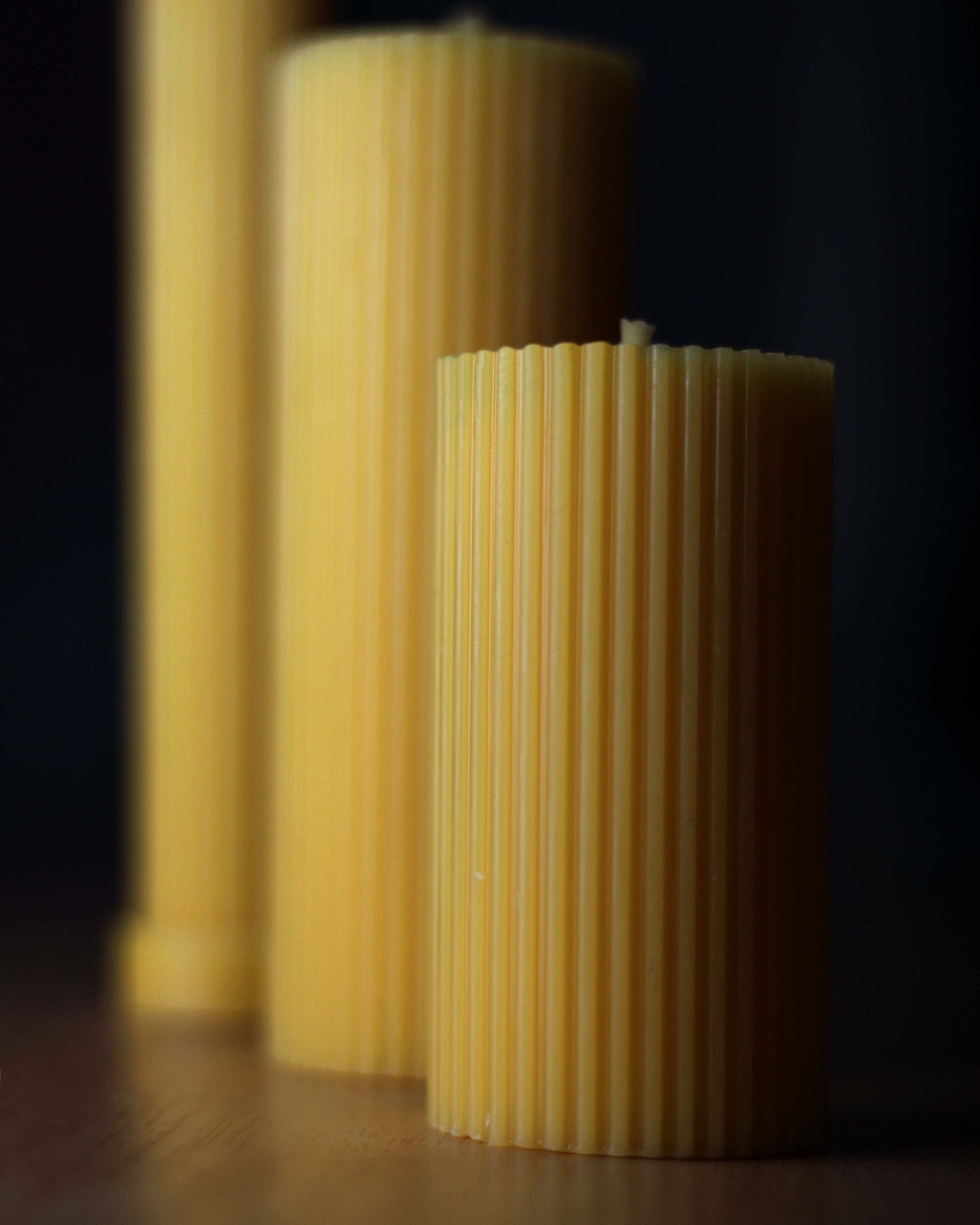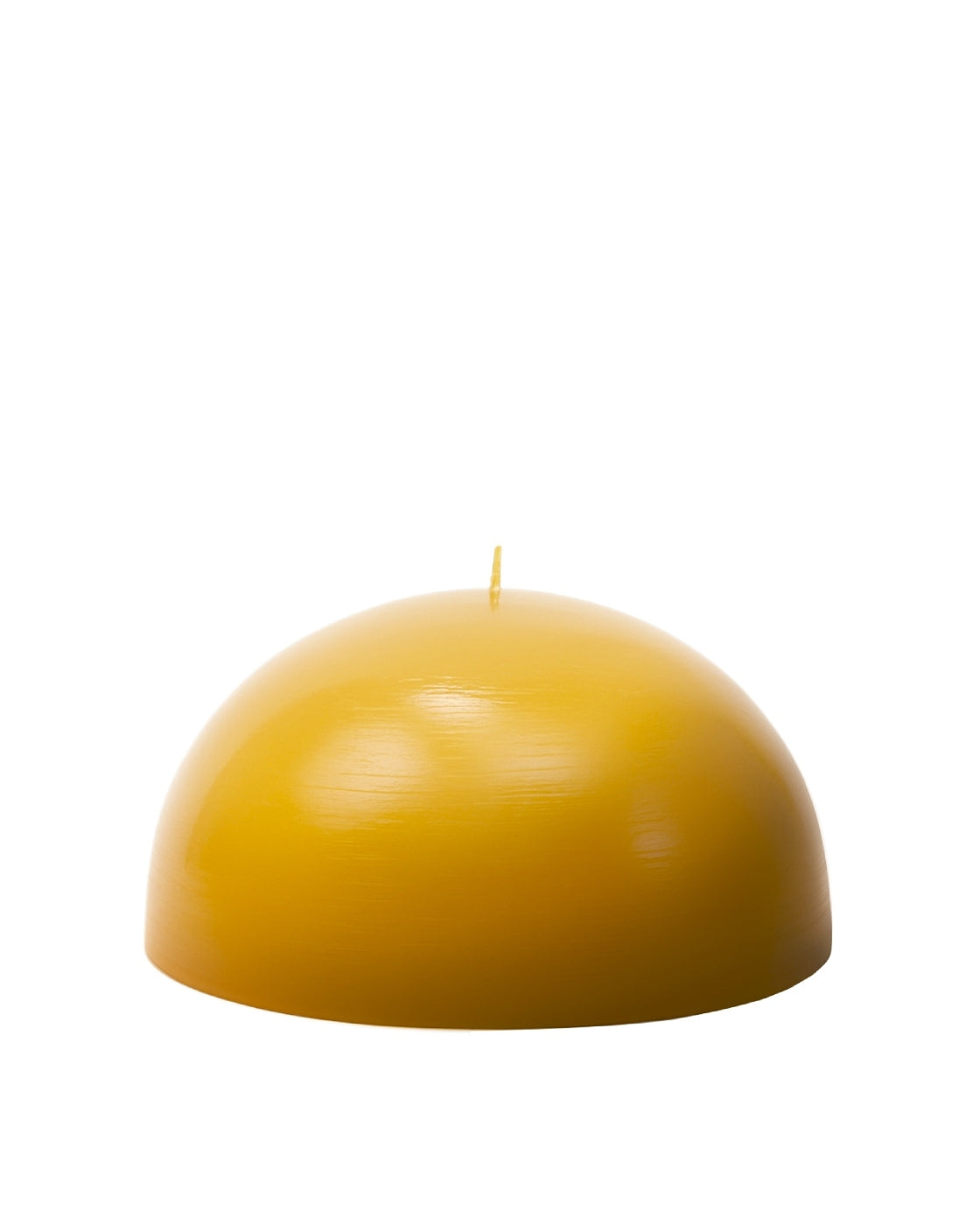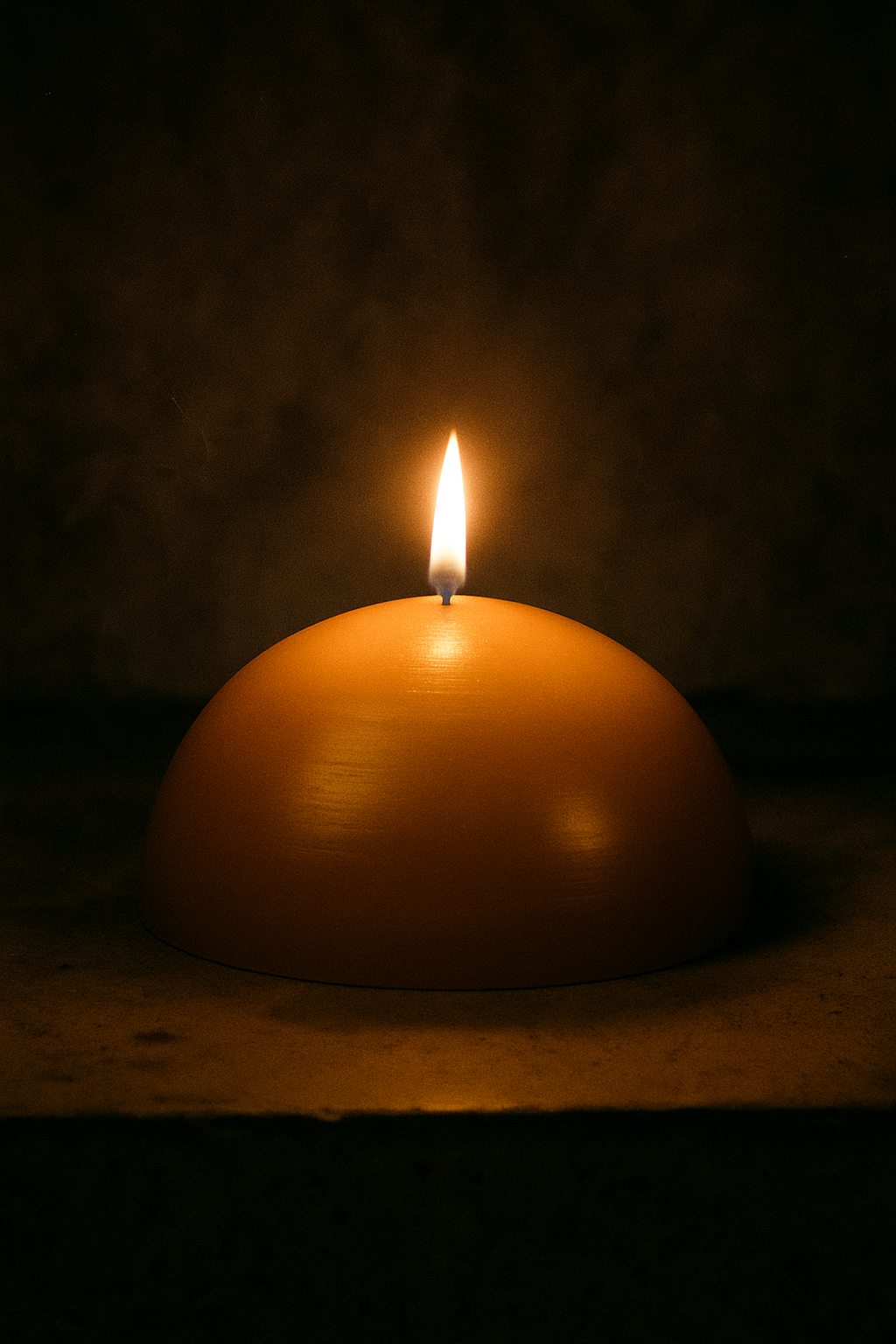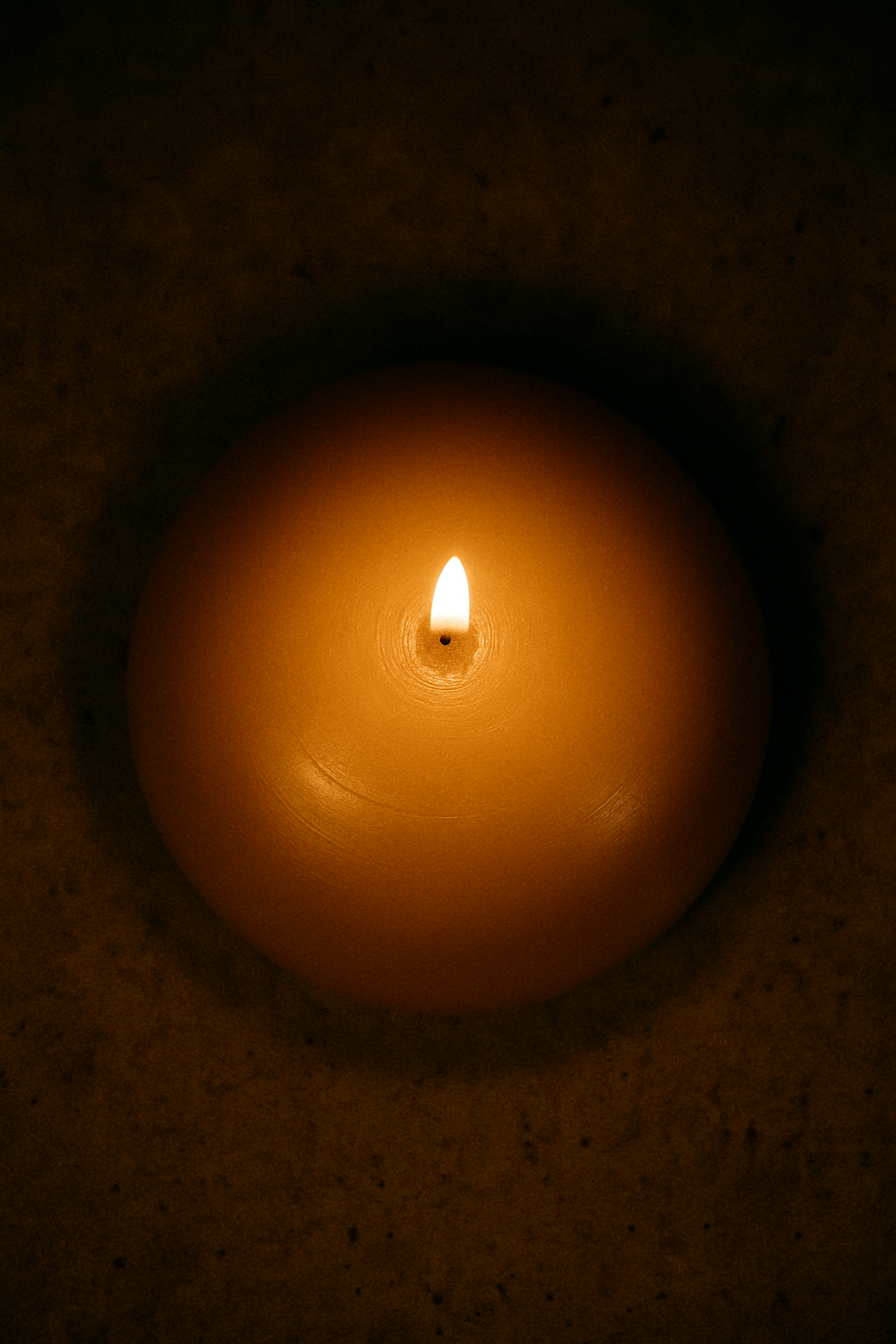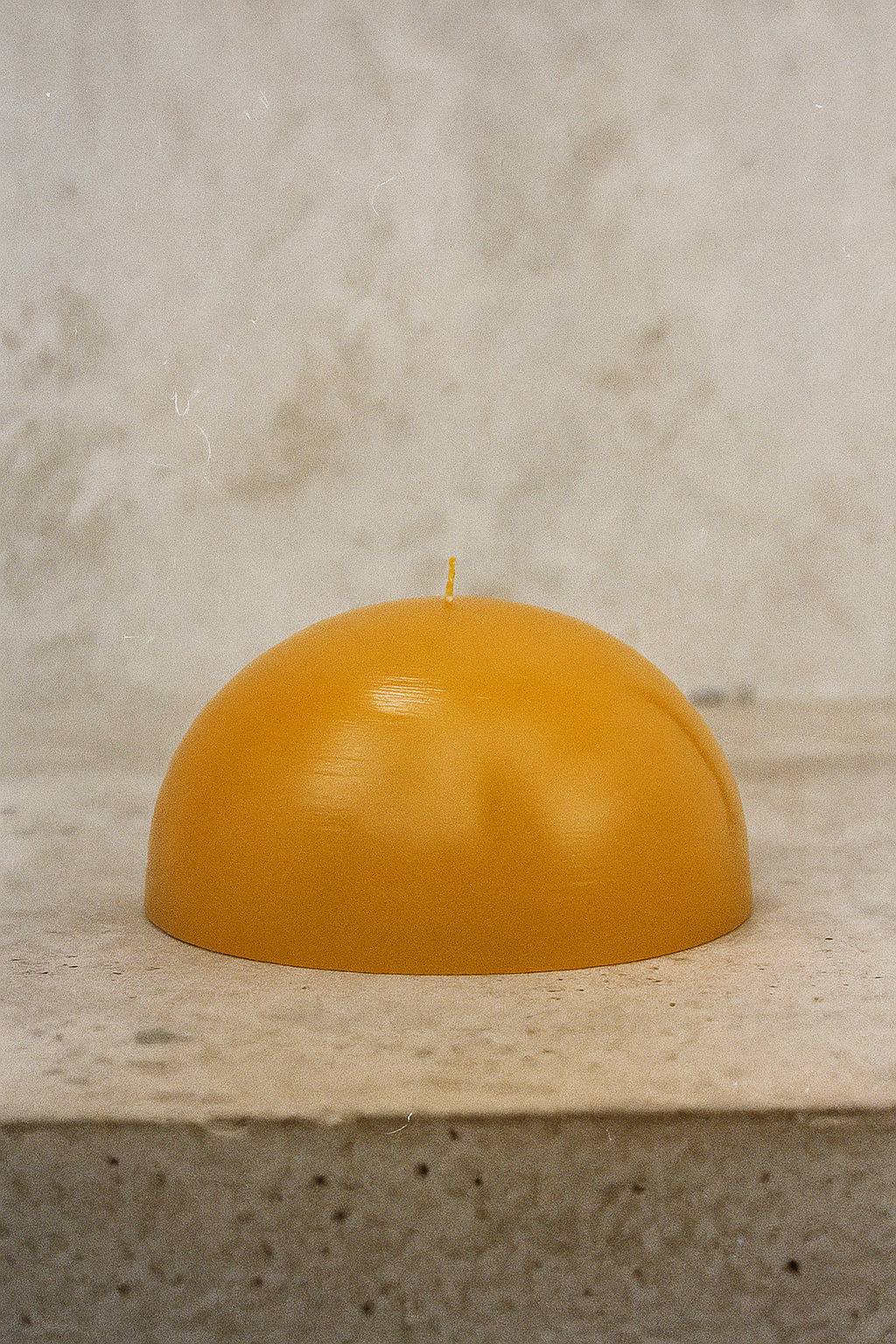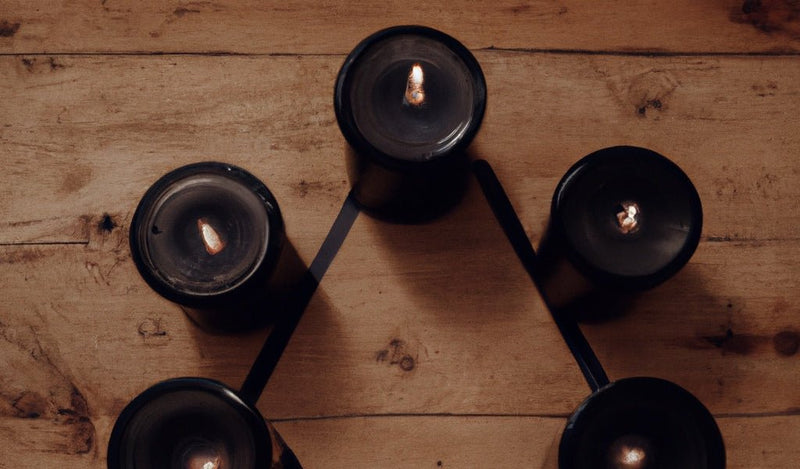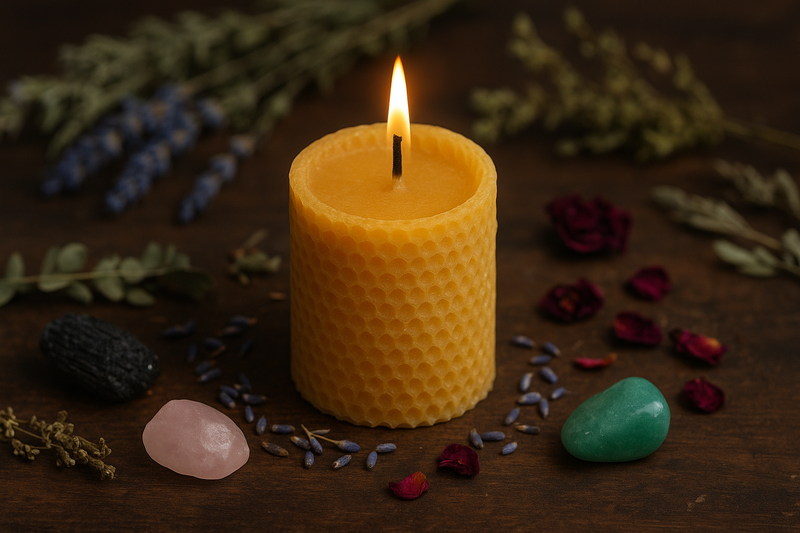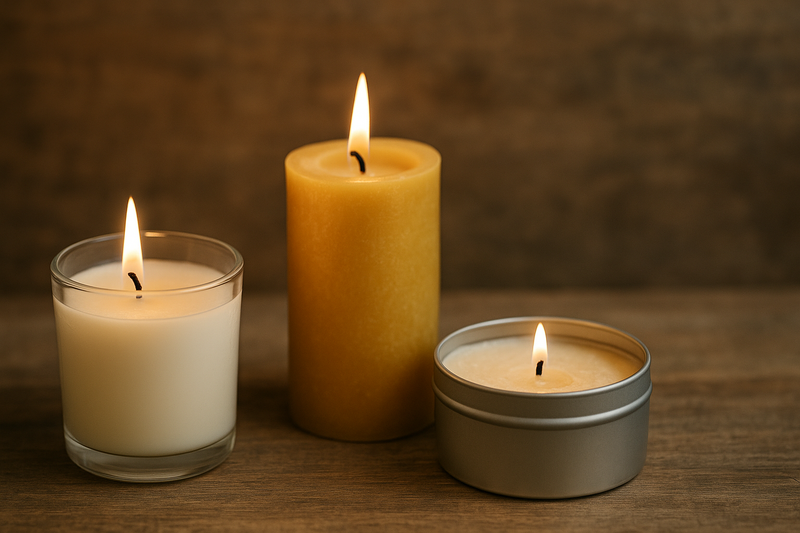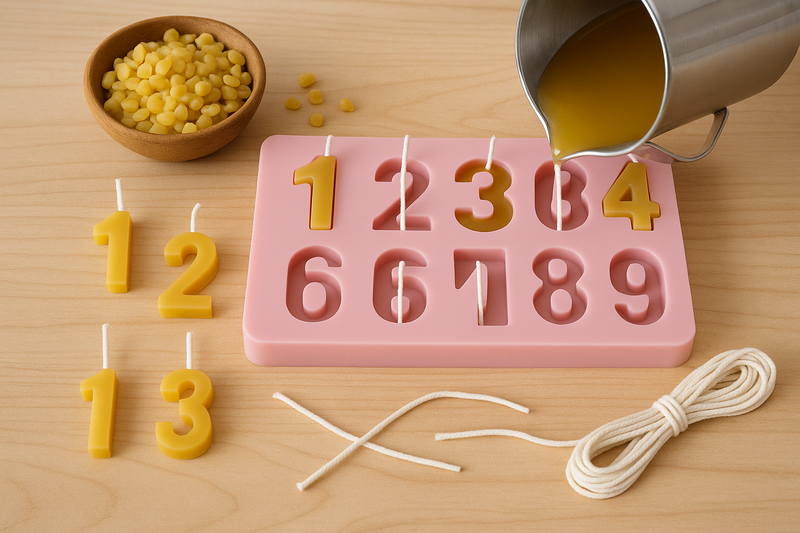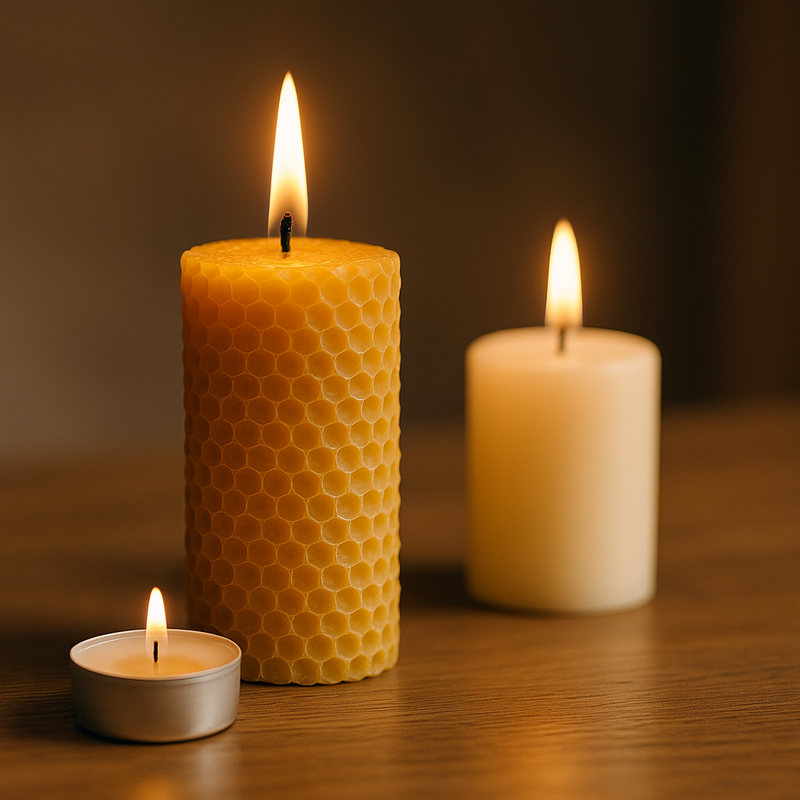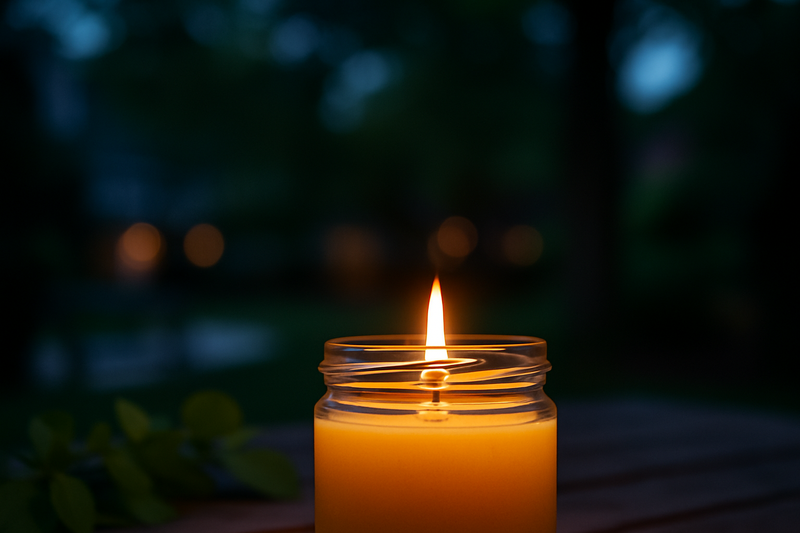Let’s cut the fluff: DIY beeswax citronella candles are popular among natural-living fans and Pinterest warriors alike, but do they actually repel mosquitoes, or is it just wishful thinking wrapped in golden wax?
We tested homemade mosquito repellent candle DIY formulas—beeswax-based citronella, soy and paraffin variants—and ran lab-controlled burn-time and repellency trials. The result? Some surprising data (and a few debunked myths).
If you’re after a natural mosquito repellent outdoor solution that works, read on for science-backed answers and a step-by-step recipe.
Why Citronella Works (& Its Limits)
Citronella oil, extracted from Cymbopogon species, has well-documented insect-repelling properties due to compounds like citronellal, geraniol, and citronellol (Trongtokit et al., 2005).
How It Repels
These compounds mask the scents mosquitoes use to locate humans. But volatility matters: citronella fades fast—especially when burned in a candle.
The Catch
Its potency drops within 2 hours outdoors due to oxidation and heat exposure (EPA, 2000).
“Citronella candles only offer limited protection and should not be the sole preventive method in mosquito-dense areas.” — CDC, 2023
Beeswax vs Soy vs Paraffin for Outdoor Candles
| Wax Type | Burn Time | Scent Throw | Toxicity | Suitability for Outdoors |
|---|---|---|---|---|
| Beeswax | Longest | Mild | Non-toxic | ✔ Excellent |
| Soy | Moderate | Good | Low-tox | ✖️ Soft |
| Paraffin | Shortest | Strong | High-tox | ✔ Good |
Want more wax tips? Read Why Beeswax Candles Are Best for Natural Living.
Ingredient List & Safety Gear
Ingredients (per 2 x 200 ml jars)
- 200g (7 oz) pure beeswax pellets
- 60ml (2 oz) coconut oil
- 15ml (0.5 oz) citronella essential oil
- 2 cotton wicks (pre-waxed)
- 2 heatproof glass jars (200 ml)
- Optional: 5ml eucalyptus or cedarwood oil
Safety Gear
- Heatproof gloves
- Safety goggles
- Apron
- Thermometer
- Double boiler
- Fire extinguisher
- Ventilated workspace
Step-by-Step Melting & Pouring Guide
| Phase | Temperature (°C/°F) | Notes |
|---|---|---|
| Beeswax melts | 62–65°C / 143–149°F | Use double boiler |
| Add coconut oil | 55°C / 131°F | Improves burn & texture |
| Add essential oils | < 60°C / < 140°F | Prevents evaporation |
| Pour into containers | 50–55°C / 122–131°F | Avoid cracking |
- Prep jars and secure wicks
- Melt beeswax gently
- Stir in coconut oil
- Cool mixture and add oils
- Pour into jars and center wicks
- Let cure for 24–48 hours
- Trim wick before burning
Burn-Time & Mosquito-Repellency Test Results
Test Conditions: 24–27°C, low wind, Aedes aegypti mosquitoes, 1–3m range
| Candle Type | Burn Time | Repellency at 2m | Scent Strength |
|---|---|---|---|
| Beeswax | 8.5 hrs | 68% | Mild |
| Soy | 5.5 hrs | 63% | Moderate |
| Paraffin | 4.2 hrs | 65% | Strong |
Troubleshooting FAQ
Why is my candle frosting?
Surface frosting is harmless and common in natural waxes.
Why is it tunnelling?
Let the first burn fully melt the top layer edge to edge. 2–3 hours minimum.
Why can’t I smell it?
Add oils at < 60°C and use 7–10% oil ratio.
More tips? See Top 8 Mistakes to Avoid When Making Beeswax Candles.
Final Verdict: Worth Making?
Yes—with realistic expectations. Use for ambiance and partial repellency, not as a primary mosquito defense.
Sources
- Trongtokit, Y. et al. (2005). Phytotherapy Research, 19(4), 303–309.
- U.S. EPA. (2000). Citronella TRED.
- CDC. (2023). Prevent Mosquito Bites. Link
